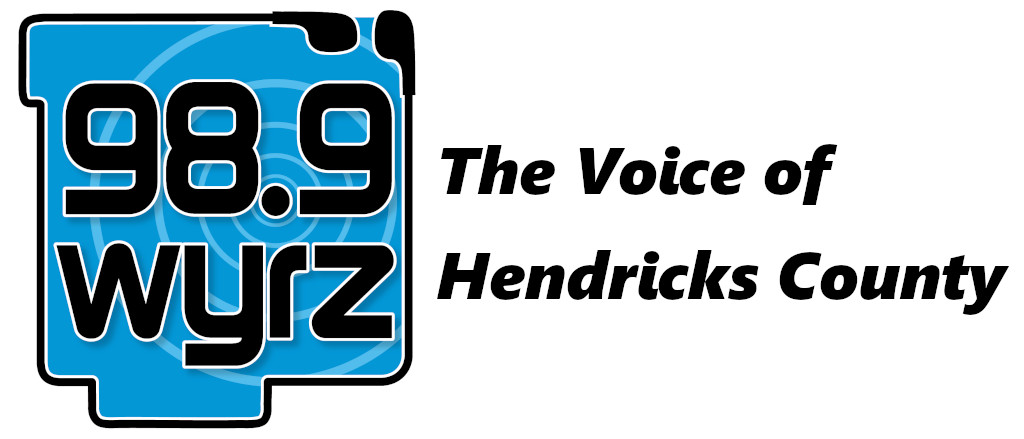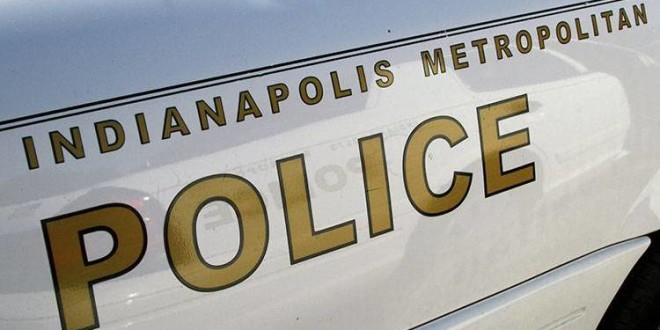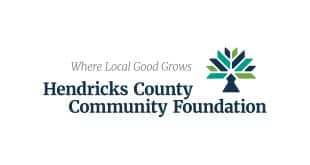INDIANAPOLIS – In an effort to enhance the collaboration between citizens and the Indianapolis Metropolitan Police Department, the process to implement beat policing will begin in late April when new recruits hit the streets. A three year plan will be developed to address staffing needs and responsibilities. Mayor Joe Hogsett was joined by IMPD Chief Troy Riggs, Deputy Mayors Dr. David Hampton and Jeff Bennett, and IMPD Command staff Wednesday to make the announcement at the monthly IMPD Data Meeting.
“The key to increased trust and safer streets is an integrated, neighborhood – based approach to public safety,” Mayor Hogsett said. “When the men and women of IMPD start walking their beats next month, they will get to know the neighborhoods they police, learn firsthand about the challenges and opportunities of a community and establish relationships that will lead to greater communication.”
“This signals a major philosophical shift in the way the department operates and interacts with the community we serve. It is based on numerous conversations with officers, civilian personnel, and the public,” Chief Riggs said. “As many have said, it is difficult for our officers to be able to engage citizens when they are responsible to covering large areas of the city.”
The goals for IMPD for transitioning to beat policing are:
- To reduce crime
- To reduce the fear of crime
- To enhance public safety
The current configuration of beats includes 33 zones citywide. The new plan will add 19 new beats across IMPD’s jurisdiction. Fifteen of the areas were selected by District Commanders to concentrate resources based upon crime/quality of life data. There will also be four entertainment zones: Broad Ripple (North District); Fountain Square (Southeast District); Mass Ave. Corridor (Downtown District); and the South Meridian Corridor (Downtown District). The six previous Focus Areas will now be comprised of eight beats.
A number of the new beats encompass the LISC Economic Development areas.
“In order for city investment in neighborhoods to be effective, residents must feel safe,” Deputy Mayor of Community Development Jeff Bennet said. “Greater connectivity to neighborhood police builds trust, increases community conversations and allows for greater quality of life, especially in areas that are benefitting from revitalization efforts.”
The new beats will allow for greater interaction between offices and residents and help enhance quality of life in neighborhoods. But, it will take everyone working together said Deputy Mayor for Neighborhoods Dr. David Hampton.
“In addition to efforts by IMPD to foster improved police/community relations, it is also imperative that the community enhance efforts to help police by providing any leads or information they may have that may assist in preventing a crime, or reporting a crime that occurred in their neighborhoods,” Dr. Hampton said.
The change won’t be easy, however, Chief Riggs said, and some areas might worsen before improvement is seen.
“It is difficult to overcome some of the systemic issues we face,” Chief Riggs said. “With better community relationships, we will remove violent offenders from causing harm, help rebuild lives, and enhance the quality of life of all our citizens. It is a tremendous undertaking, but I believe in IMPD and in Indianapolis and know we can succeed.”





